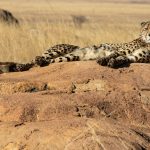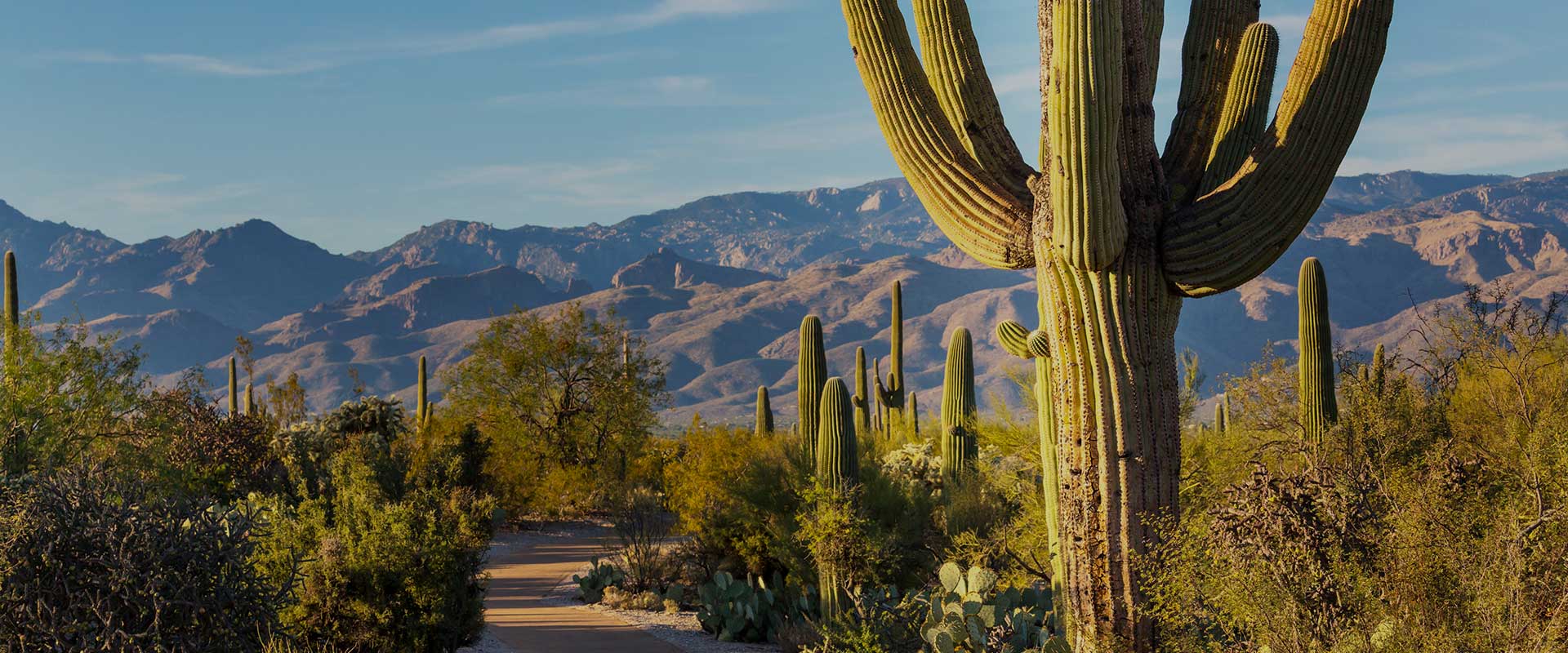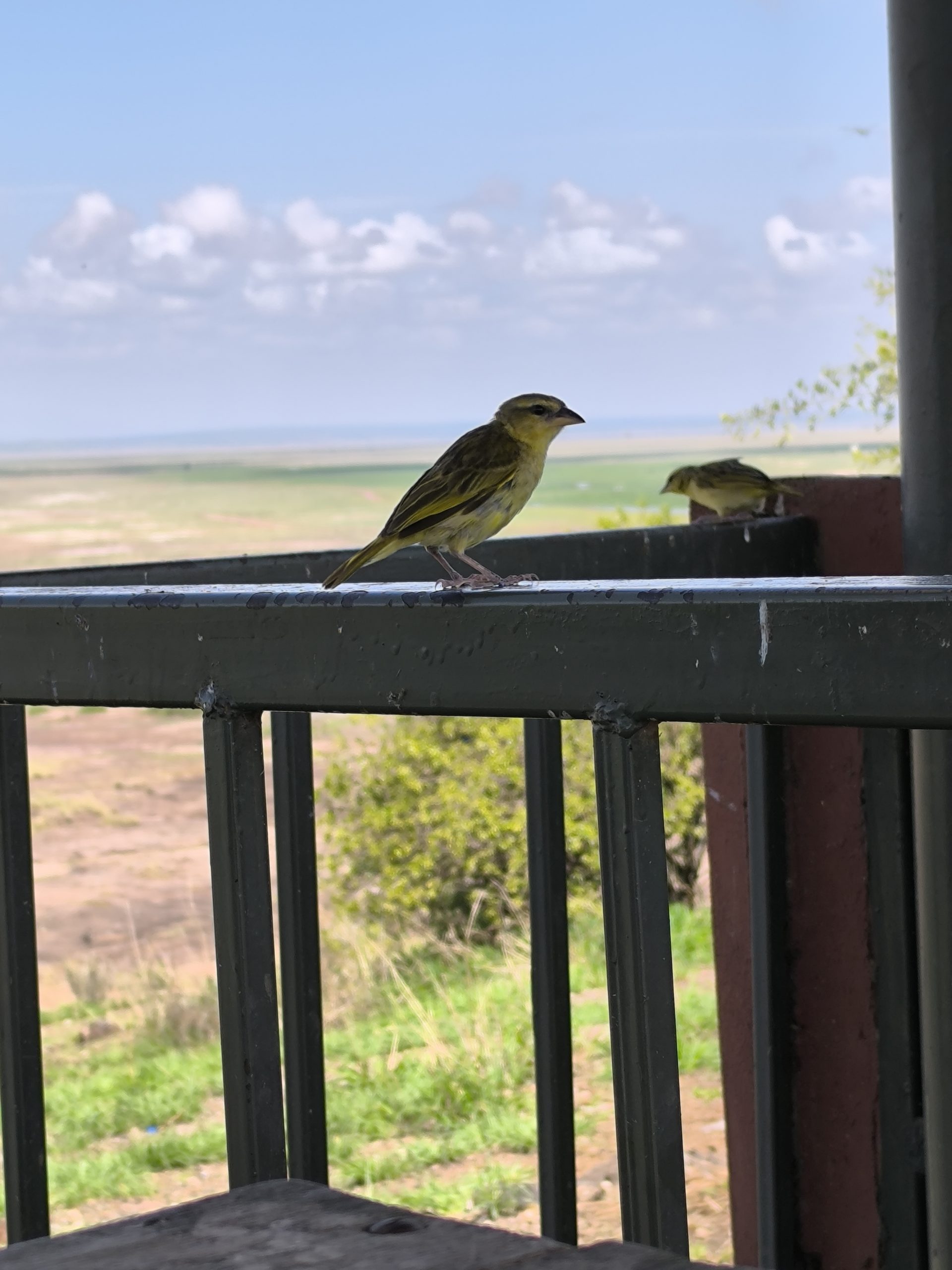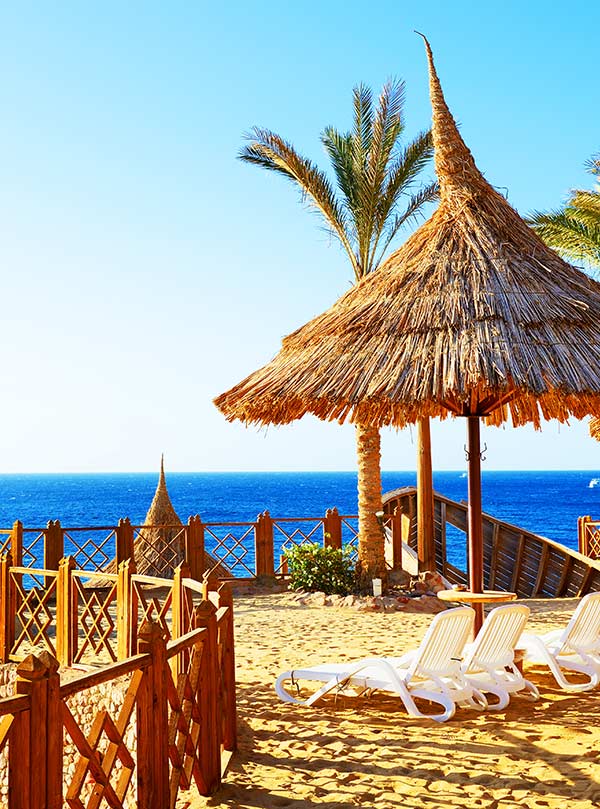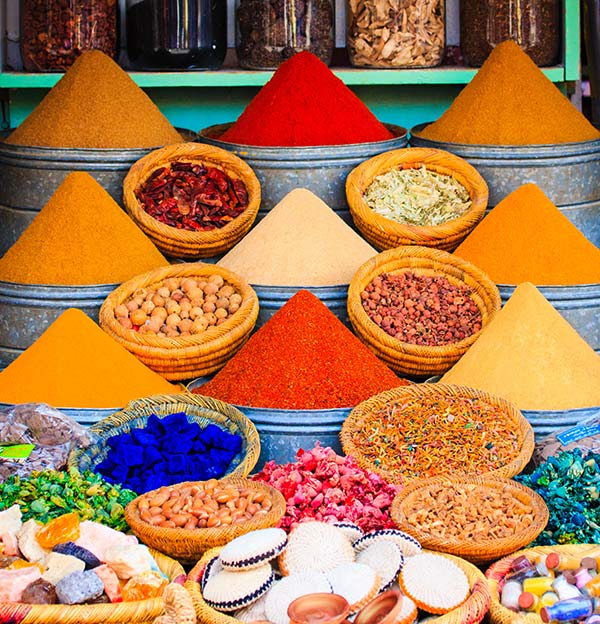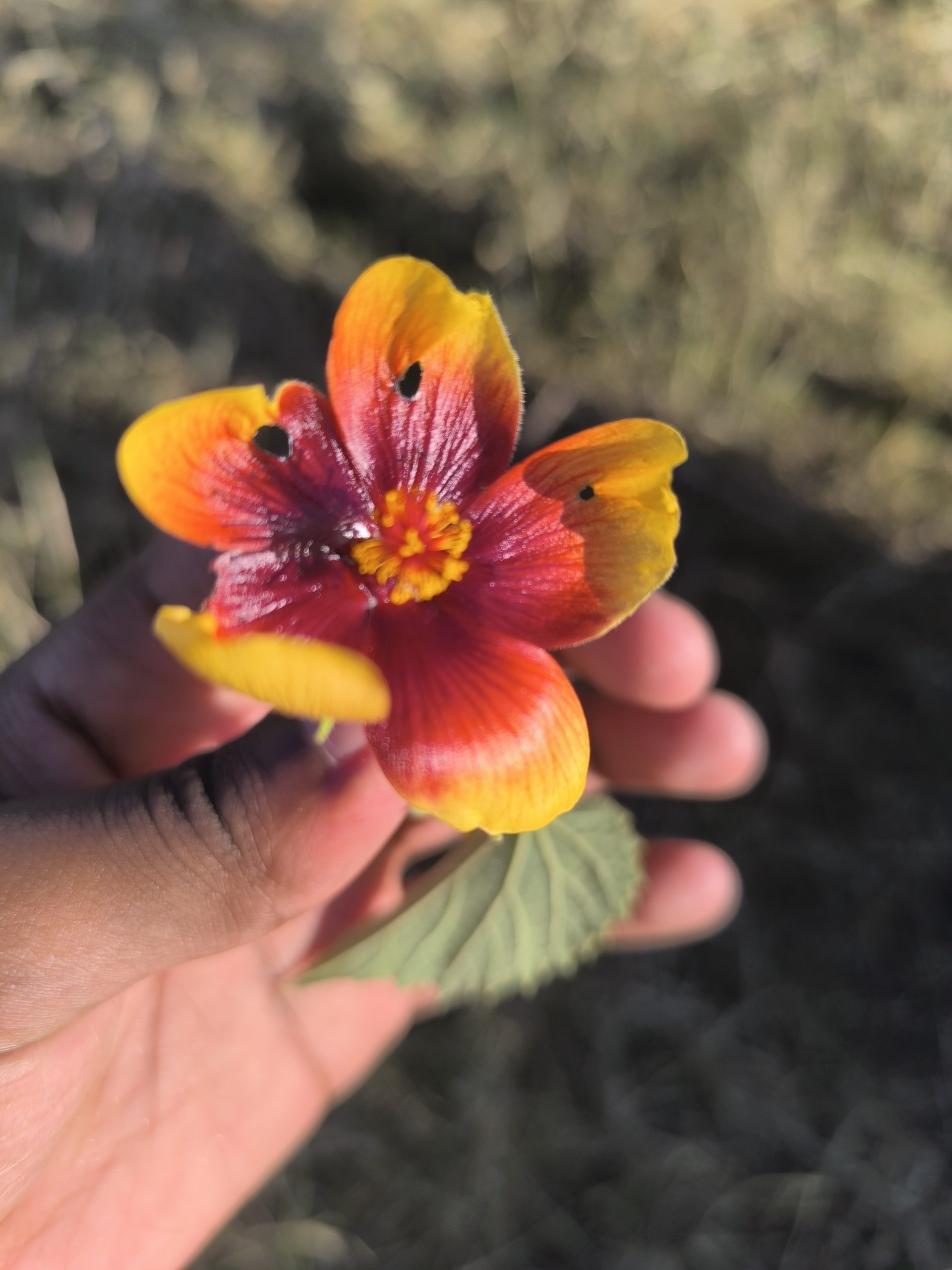Zuru Kenya
Located in East Africa, Kenya has built a name for itself around tourism, safaris, glamping, and endless experiences – blending culture with history, nature, and plenty of luxury for those who want it.
Kenya is often the first location that springs to mind whenever you think of Africa, famed for its expansive savannas, wide array of wildlife, and its incredible links to agriculture particularly across the highlands
Sites
- Maasai Mara
- Tsavo
- Amboseli
- Mombasa
- Nairobi
- Kitale
- L. Turkana
- Naivasha
- Malindi
- Webuye
- Diani
- Samburu
- Embu
- Mt. Kenya
- Kisumu
Country and Culture
Bordering Tanzania, Somalia, Uganda, South Sudan, Ethiopia, and the Indian Ocean, Kenya is more than just a safari haven – though it is the pull of the Big Five which draws tourists in from all over the world.
Considered the most economically successful country in East Africa, Kenya has built a name for itself through its 60 National parks and game reserves, many of which see unique and awe-inspiring sights such as the Wildebeest Migration (considered the 7th wonder of the world by many).
Kenya is also home to historical architecture in the form of ancient mosques and forts and boasts a range of alternative experiences which include tea plantations, extensive beaches, and of course proximity to the infamous Mt Kilimanjaro.
Within the borders of Kenya itself, Mount Kenya is the second highest peak and shows exactly how varied the landscape and climate within Kenya really is – juxtaposing the snowy peaks with the dry ground below.
Kenya is a place where modern living meets ancient tradition, with the variety of cultures presenting an opportunity to experience the Maasai, the Samburu, the Turkana, the Swahili, and the Kikuyu – and their daily way of life.
The official language of Kenya is Swahili, however there are over 60 languages present in the country.
The Environment
When you first think of Kenya you may find your mind drawn to the hot, dry climate of the safari parks.
The climate of Kenya is in fact extremely varied, with the deserts contrasting the dense areas of forest and woodland, and the snow-topped peaks on the horizon.
While climate change is altering the rain pattern in Kenya on an almost yearly basis, for the most part it is considered the ‘long-rain’ season between March and June, and the ‘short-rain’ season between October and December.
The hottest weather in Kenya is around February, while July is when the country is at its coldest. Because of this, Kenya is an immensely popular Winter holiday destination for those travelling from Western climates.

